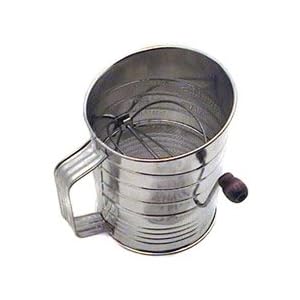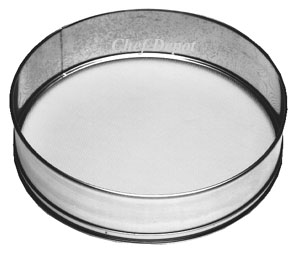The following is my thoughts, feel free to correct my speculations if you believe them to be wildly wrong. I am approaching this from the angle of this was George's recipe and he had been perfecting it for years because to me the shoe fits...My instincts scream at me "The recipe is right"... We are all over thinking this...
How many people here have problems trying to boil 5 gallons on a modern stove? How on earth would they boil 30 gallons of liquid + grains + hops during colonial times at once??? This would be an epic undertaking and 1 BIG F-ING POT/KETTLE. For the sake of argument how long would it take to heat 30ish gallons of 55 degree water (I am guessing at the temp based on average ground water temps in my area) in a cast iron??? pot over a fire or coals??? I am going to just stab in the dark and guess he hit his rests and had a decent mash times to convert on the way to the boil...

I think he used as few grains as possible because of tannins. This was the obstacle he was having problems trying to overcome. He did not know what they were called or why they were there but all his brews had the same "bitter drying taste" in them. I will guess the sifter wasn't as large as the large one previously speculated above and this is more of a "Small Molasses Braggot" style than a porter or beer... (I don't know off hand what a molasses based wine is called or if it even exists.)
Hops...I will agree with Cluster but the hops back then were much weaker or wild...YMMV so "To taste" is right. I think they used LOTS of hops because...They did not know better to pull the grain out of the boil so they boiled it releasing the tannins. I think he got decent efficiencies but had the plaguing issue of tannins. So at what point would someone be able to taste the hops over the tannins??? That is what I get from "To Taste" as far as hops go. I am thinking he is just trying to cover the tannins. 3 hour boil would allow enough time for the brewer to be able to taste when the hops bitterness approached the Tannin levels. (Could 1 scoop of grain be equal to 1 scoop of hops for this recipe? or a good place to start?) Then they could just "finish boiling" for the rest of the 3 hours and all the hops would all be converted to bittering at that point.
Now George has himself this super weak, super bitter beer. He needs to make it stronger and needs some way to counter the tannins. He probably tried all kinds of sugars but found that Molasses did not completely ferment and added some "back sweetening". It also added in some smoky and burnt tastes, flavors, smells and colors hiding George's "Dirty little tannins"...quite nicely so nicely that he had to use a majority of molasses in the recipe to get the tannins to be covered correctly.
Yeast, A quart for 30 gallons, easy enough. But what kind? I actually wonder if they got some from a nearby brewery or they built up some kind of starter from bread yeast??? (Works in a JOAM

) I would guess that the bread yeast scenario would be closer to the truth. It is possible they had a "house strain" since we know he was also a distiller! We may never know for sure.
My question is how to accurately recreate all this with modern equipment???
We know it has Molasses, cluster hops and was 6 row. (we could even toast some 6 row to make it a bit closer to period) IMO the biggest question is grain quantity, which I think was low for the reasons above, and yeast strain.





